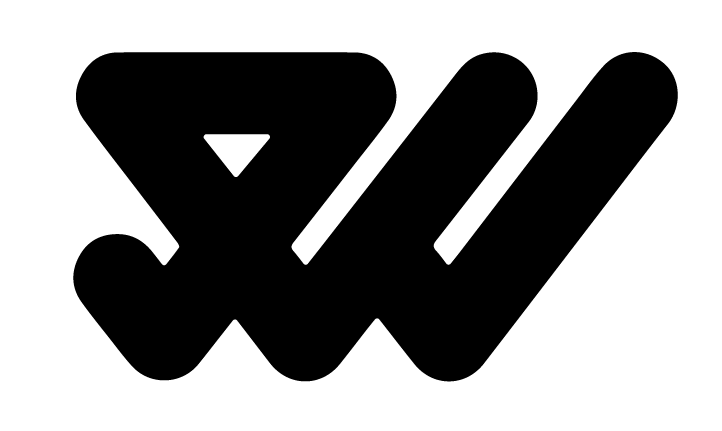Have you ever had difficulty making that sale? Or convincing someone that you are the real deal. By having a well structured website you can foster instant credibility with anyone. You can provide the ultimate proof that you are, in fact, the realest of all deals (couldn’t resist that phrase).
Read MoreWhen the Center for Creative Leadership (CCL) decided to overhaul its brand...
Read MoreA graduate of London’s Royal College of Art, Paul Wearing is a...
Read MoreRecently had our painter decorator in to finally splash some colour into...
Read MoreThis post is short and sweet to outline the fact that copyright,...
Read MoreThank you to everyone who voted this past week to get me to the top of Portfolio of the week! Sitting on the top with a
Read More24 today! Fack! Thanks to the rents for making this website possible...
Read More

